The wise Smut Clyde once said:
“There does seem to be a widespread tacit agreement among editors & reviewers not to question #nanoparticles papers, no matter how obviously fraudulent, for fear of bursting the bubble.”
Very true, as his new post will convince you. This time it is the esteemed Royal Society of Chemistry (RSC) which decided to bend over backwards to stick their head deep inside China’s superpower rectum. Not the first time obviously (you might recall that yin-yang TCM nanoparticle study RSC valiantly defended from all criticism). But here, RSC did an interesting dialectic stretch to accommodate Chinese officially-approved fraud while cracking down on unapproved Chinese fraud. 9 papers of Dong Ge Tong of Chengdu University of Technology were retracted by RSC in one go on 28. August 2019, maybe because Smut Clyde covered that case here. Tong’s papers sure were fraudulent, but not more fraudulent than the papers by Mi-Cong Jin of the Ningbo Municipal Center for Disease Control and Prevention, which Smut Clyde will present you now. The occasion being that RSC decided to save Jin papers with Errata, instead of retractions.
And then RSC went to Twitter to defend them:
The concerned research integrity activist to whom RSC replied with those tweets, is the French chemist Francois-Xavier Coudert, tenured group leader at Paris Science & Letters (PSL) University and CNRS in Paris. As aside, Coudert trained under the president of the PSL University Alain Fuchs, who is an activist in research integrity himself. Back in 2015 as former CNRS president, Fuchs redefined research fraud as something the star plant scientist Olivier Voinnet definetely did not do, and in May 2018, the Knight of Honour Legion co-organised a signature campaign to restore the honour of then-CNRS chief biologist Catherine Jessus, signed by over 500 (mostly) CNRS researchers. The Jessus-worshipping petition demanded the sacking of a Le Monde journalist and the punishment of 10 anonymous peers who criticised the whitewashing CNRS investigation of the Jessus affair.
Coudert himself described my reporting on French research fraud as rude and disrespectful towards authorities and “hurting the cause of open science”. I guess we will always disagree whether fraud can be distinguished from good science geographically.
It is not clear what makes Tong in the eyes of RSC a fraudster, but Jin a decent honest researcher who just happened to have accidentally pressed some Photoshop tabs. Is it really just the fact that in 2018 my site covered Tong’s case, but not Jin’s? Both were flagged a year ago on PubPeer by a certain Hoya camphorifolia, a waxy plant Smut Clyde happens to collaborate very closely with. Or is such differential attitude from RSC to Tong’s and Jin’s fraud because the latter enjoys full support from the Chinese Communist Party bigwigs? After all, the Jin’s Errata at RSC are justified like this:
“The accuracy and integrity of the new data has been confirmed by the Director of the Ningbo Municipal Center for Disease Control and Prevention. The new figures have been reviewed by an expert and are provided below in order to fulfil the journal’s responsibility to correct the scientific record, in accordance with the guidelines provided by the Committee on Publication Ethics (COPE). This correction does not alter the conclusions…”
The Director is not named, but here is the list of directors at Ningbo (provided by Tiger BB8), one whom decided to save Jin, and whose authority RSC unconditionally subjected themselves to.
Also Tong’s replacement figures were scrutinised by some “independent expert”, but unlike Jin’s, these did not pass the test. Tong’s retraction notices go like this:
“However, the independent expert still questions the reliability of the published images. The authors informed us that due to a flooding accident in the laboratory, the original data of the published EM images were destroyed. In addition, the third party company only saved the test data for one month. Due to the large number of images, it is not possible to replace the published images with the new figures. To avoid the possibility of publishing unreliable EM images, the authors agree to retract this paper to protect the rigor of the scientific record.”
Maybe Dr Tong’s lies are more ridiculous that those of Jin, they sure are not more convincing.
Advances in Nanofabric and Journal of Imperial Tailoring
By Smut Clyde
I have a nostalgic fondness for the work from Mi-Cong Jin‘s group, having first encountered them in the context of Prashant Sharma and Rashmi Madhuri. Along with scamference impresario Ashutosh Tiwari, Sharma and Madhuri surveyed significant nanotechnology developments, in a Review Paper for Tony Turner’s journal Biosensors & Bioelectronics (with Tiwari guest-editing, as Turner’s protégé). Inter alia, they reprinted Figure 1 from “In situ controllable synthesis of graphene oxide-based ternary magnetic molecularly imprinted polymer hybrid for efficient enrichment and detection of eight microcystins” (for short, [4]). In 1(a), a score of perfectly uniform Fe3O4 nano-eggs have appeared on a leaf of graphene (GO). Perhaps they were laid there by a nanoscopic butterfly.

Now Photoshop compositions abound in the pictorial realm of nanotech illustration, so this development was not that significant. Pan, Zhao, Jin et al. are only minor offenders by the standards of that realm. What brings them out of comment threads and into our ambit here is a flurry of Errata accepted by the editors of Royal Society of Chemistry journals (Journal of Materials Chemistry A, RSC Advances, Analytical Methods), revising Figures and in one case the text of 2014-2017 papers (labelled [2], [3], [4], [7] in the Helpful Diagram below). These Errata provoked a series of tweets from F. X. Coudert. One Erratum from 17.07.2019 went:
“The authors apologise that parts of the data presented in Fig. 1 had been inappropriately modified using Photoshop to make the images more appealing. The authors apologise for this and understand that any type of image manipulation is not acceptable.
“The authors have repeated the experiments to provide replacement data for Fig. 1(b)–(f). The accuracy and integrity of the new data has been confirmed by the Director of the Ningbo Municipal Center for Disease Control and Prevention. The new figures have been reviewed by a member of the journal’s Editorial Board and are provided below in order to fulfil the journal’s responsibility to correct the scientific record, in accordance with the guidelines provided by the Committee on Publication Ethics (COPE). This correction does not alter the conclusions presented in this Journal of Materials Chemistry A paper.”
The collective impression is of a Hans Christian Andersen fable, updated for Nanoscholars… “The Emperor’s courtiers agreed that it is not standard scientific practice to forge illustrations of the Emperor’s ultra-fine costume in Photoshop. In return for this concession, the editors of Advances in Nanofabric and Journal of Imperial Tailoring allowed them to amend their papers with better illustrations, photoshopped more skillfully and less obviously.”
Now the collective goals of these papers are worthy — to detect industrial pollutants in food and the environment, and to sequestrate them, by the power of nanoparticulate magic (these goals may be especially salient in an economy marked by non-regulation and rapid development). It would not be fair to compare Pan, Jin et al. to the venal careerist charlatans populating this field. I am happy to believe that they set out with good intentions and high ambitions, and performed many of the procedures they describe, before encountering the sad fact that they chose a methodology where the only way to replicate and extend the results of earlier researchers is to fake them.
In particular, this set of papers feature the ‘template / grafting’ approach to nano-level chemical mensuration. Here a polymer coating is applied to the surface of nanoparticles, riddled with cavities in the shape of the molecule of interest, so that in an environmental test, molecules fall into the cavities and get stuck. Later they can be shaken loose and counted, resetting the nanoparticulate booby-traps ready to repeat the process. The specificity of those cavities can range from a single molecule to a wide range. Now I am not saying that this is arrant cargo-cult nonsense, nor that every published application of this paradigm was fabricated. I do want to say that ‘template’ papers dominate the prodigiously falsified production from Bhim Bali Prasad.
Anyway, here is the Helpful Diagram. [4] is the keystone of this scheme (as well as my point of entry into the oeuvre), so there I begin, before the readers grow bored. It will be a short but bumpy ride so strap yourselves in.

We have already encountered Fig 1(a). The photocloning was not as intensive in Fig 1(c), this time depicting T-MMIPs (the Ternary Magnetic Molecularly Imprinted Polymer hybrids of the title). Yet close inspection shows their numbers to have multiplied, appearing more numerous than they really are, as if to to deter other nano-butterflies from laying there. Devoid of nano-enhancements, the Scanning Electron Microscopy image (SEM) reappeared in [5] as Fig 5(b) and 5(c): overlapping enlargements, there identified as “double-sided magnetic molecularly imprinted polymer modified graphene oxide (DS-MMIP@GO)”.
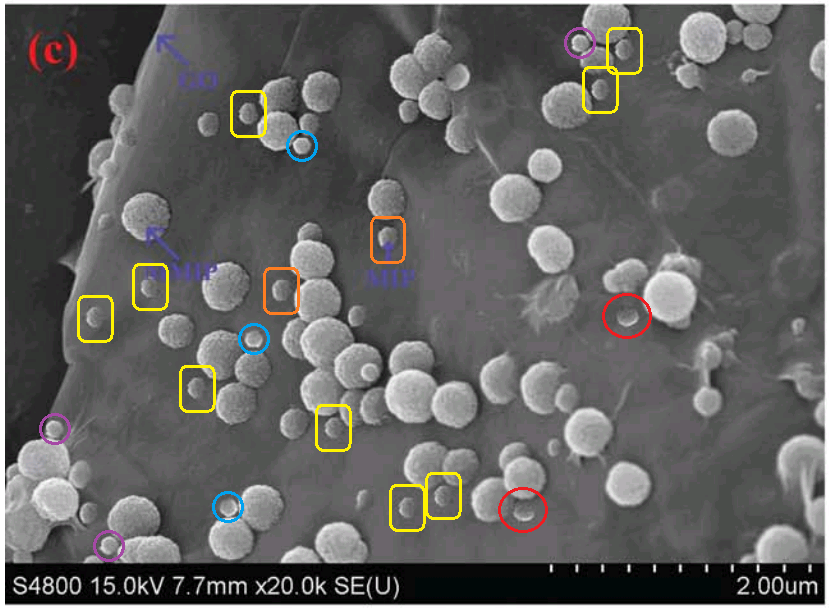

Continuing with Fig 1, small photocloned platoons of GO-Fe3O4 and T-MMIP particles assemble in panels (e) and (f) respectively, now depicted with Transmission Electron Microscopy (TEM). Their parade-ground is a single creased film of graphene, scrubbed clean before each use. The magnetite dots in 1(e) are almost featureless with only a flattened edge to betray their identity. The MMIPs in 1(f) appear to be protruding the tips of their tongues in concentration.
Two points are worth noting here. First, these are not the first appearances of that graphene-film backdrop. It served the same role in Fig 1(f) of [2] and Fig 1(b) of [3], but in those cases it supported masses of frog spawn (or maybe tapioca balls). No, I tell a lie, they were really core–shell magnetic polymers imprinted to bind pentachlorophenol, or 2,4,6-trichlorophenol as the case may be. We’ll come back to [2] and [3] shortly.

Second, the original of the tongue-producing MMIPs of 1(f) can be found in Fig 4(a) of [6], “Fe3O4@SiO2“. I want to adorn it with ears and googly eyes and turn it into the head of a French bulldog doing a Blep.
The Blep-particle (in isolation or en masse) is not all that ties [4] and [6] together. Consider these SEM images. A nanopellet of GO-Fe3O4 in melancholy isolation, or an identical triplet of Fe3O4@SiO2? An alert reviewer or editor might have wondered about the identical nipple displayed on each sphere. The background texture is unchanged but the metadata at the bottom of the frames alleges a different magnification.
The suspicion that they are really nano-Tribbles is strengthened by the discovery of Fig 3(f) from [7], identifying them as “core-shell MD-CS-MMIPs”; the scale has changed but they have multiplied again and they are spilling off the edge of the frame.
We haven’t yet finished with [7] for it allows us tie to everything together, and to return to [2] and [3] as promised. Please compare the bonus tapioca below. We have already seen Fig 1(f) from [2], at left, but the same frog-eggs appear at right in Fig 3(d) from [7], as “core-shell MD-CS-MMIP using appropriate amount of oleic acid”.
The eggs so far have been rather undisciplined in their parade-ground drill. I am relieved to see them in more serried ranks as 1(b) of [3] and 1(d) of [2], without the graphene backdrop, more tightly packed in the latter but with exactly the same alignments for the individual ova in both versions.
A close examination of the ova removes any lingering doubt: these images are complete Photoshop confections, constructed from elements that are identical apart from rotation.
But according to the Errata these instances were not de-novo creations, instead falling under the rubric of mere image enhancement. Moreover, the authors have reenacted the process of synthesising and characterising the materials, this time under the supervision of “the Director of the Ningbo Municipal Center for Disease Control and Prevention” (who as their colleague and supervisor is a disinterested observer and devoid of complicity).
A few more links remain among the seven papers. The faults (if they are faults) are less grievous, involving duplicated illustrations and plots, which can occur by accident and are easily corrected, rather than willful fabrications.
The different materials in [2] and [3] produced identical FTIR spectra, down to pixels of noise. This, apparently, was due to unnamed outside analysts who were sent the raw data for plotting, and who sent back the wrong results, replicating an earlier file.
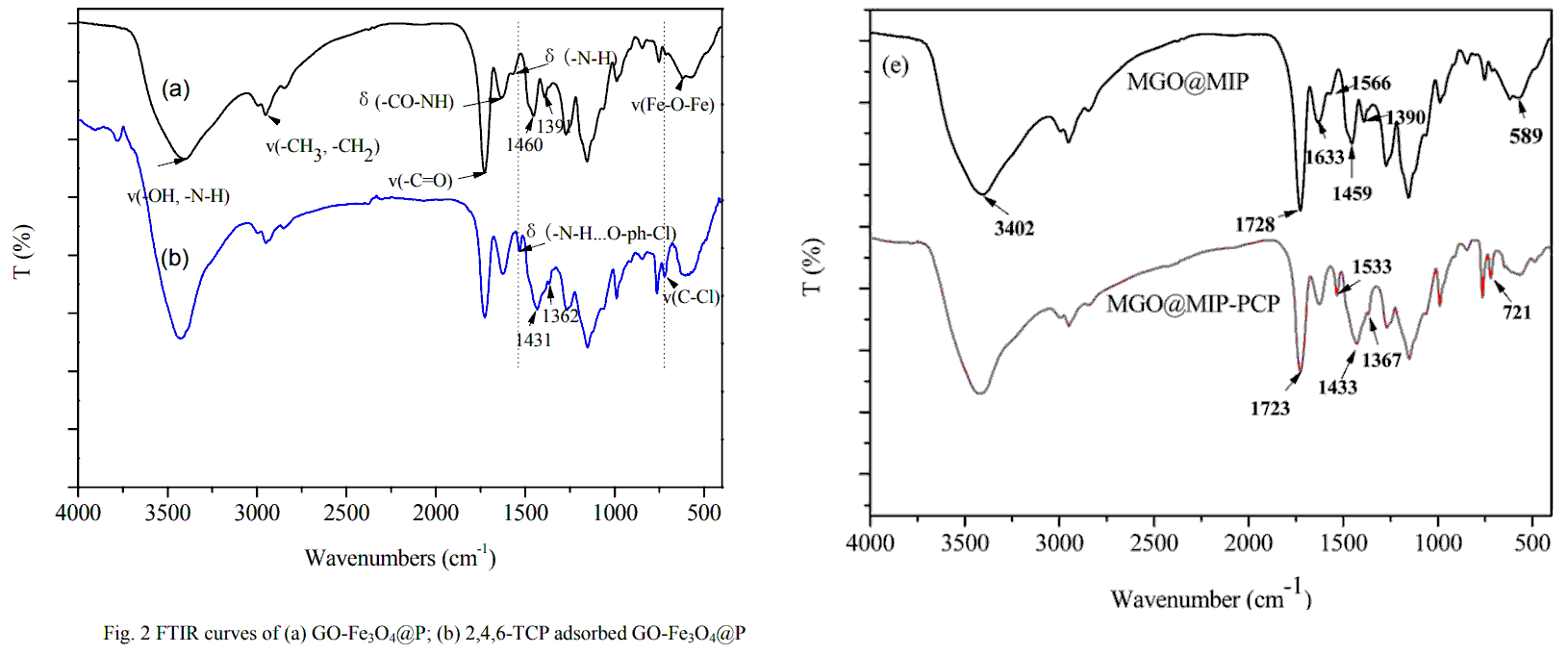
The different materials in [2] and [4] produced identical XRD patterns, down to the last pixel of noise. This, apparently, was due to unnamed outside analysts (perhaps different ones) who were sent the raw data for plotting, and who sent back the wrong results, replicating an earlier file.
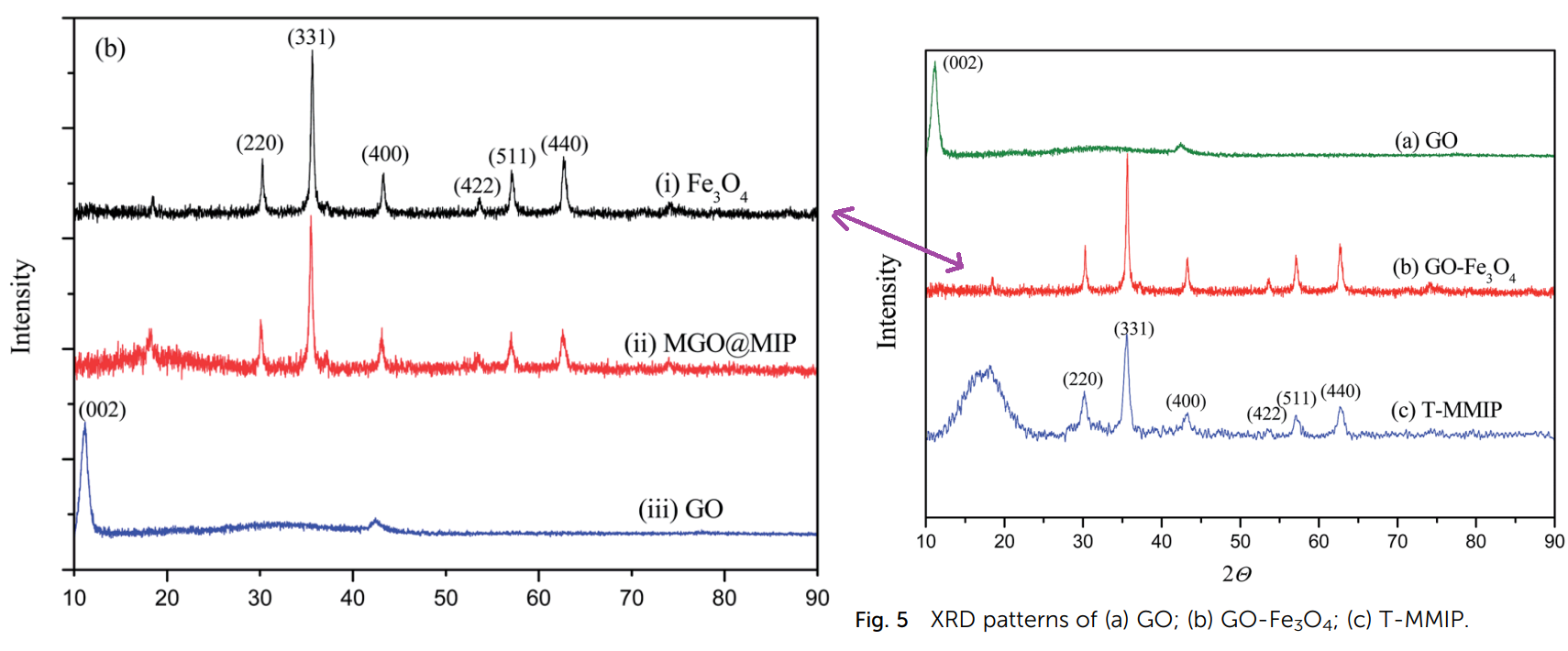
A second replicated XRD pattern emerged from the materials in [4] and [7]. Indeed, the identical pattern had already been reported from mercury-absorbent “Surface mercapto engineered magnetic Fe3O4” nanoparticles in a 2012 study (down to the pixels of noise), accounting for the presence of [1] in the time-line.
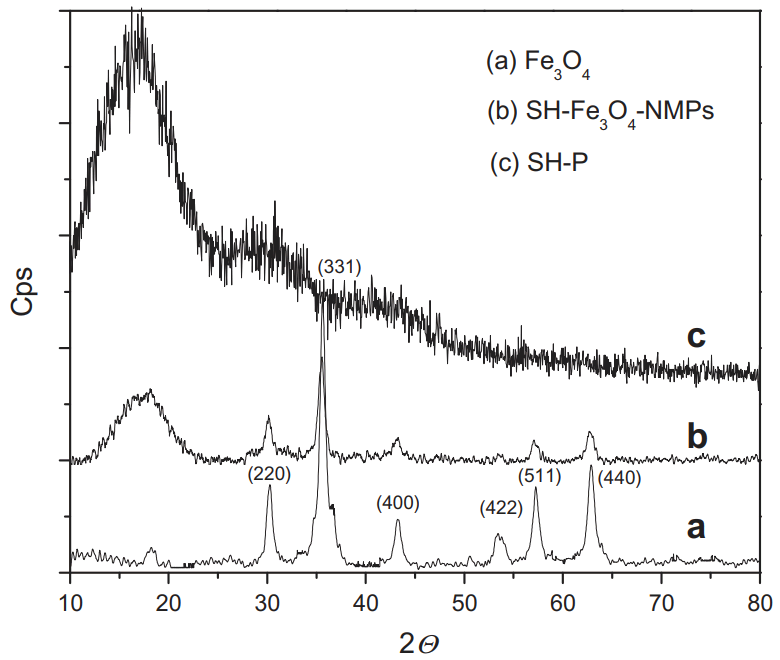
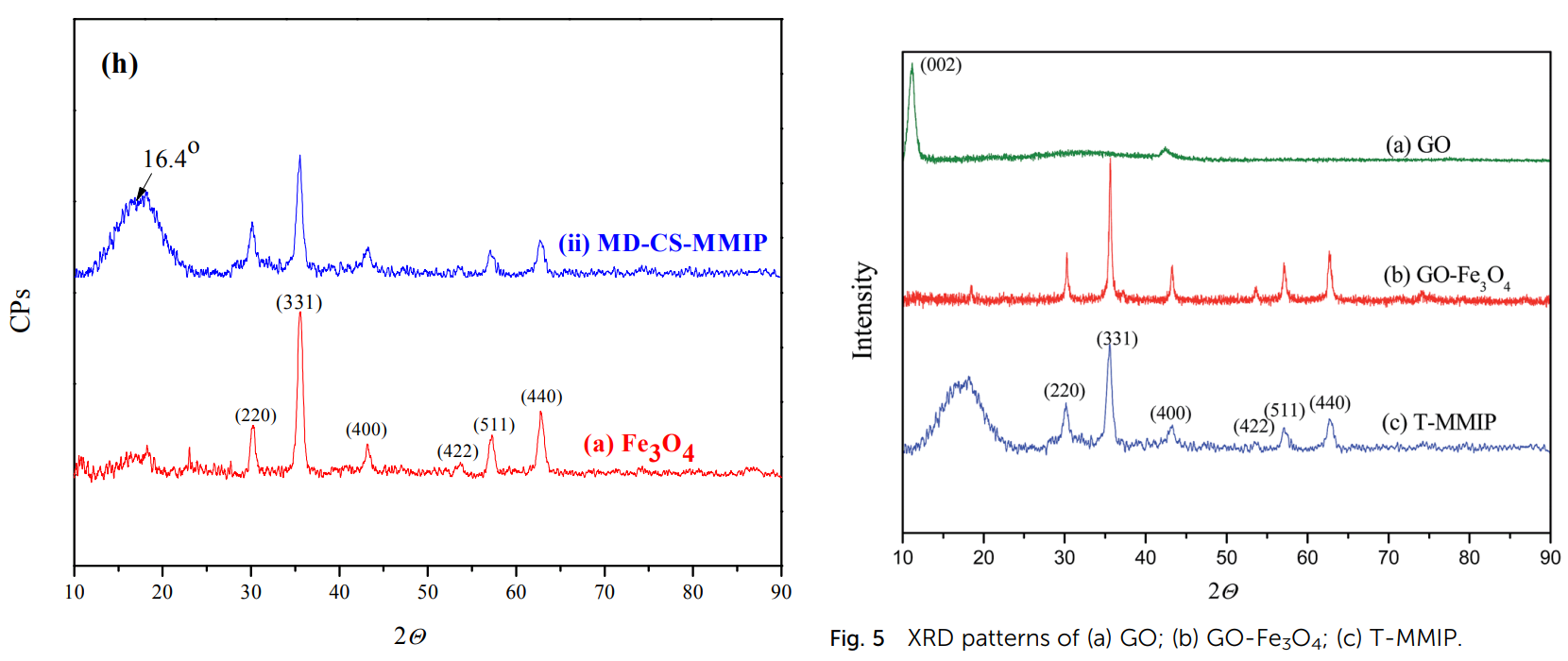
Fluorescence spectroscopy was a third specialty where the authors did not feel confident of their own abilities, again outsourcing the analysis and plotting of the raw data. Again, erroneous results were returned, resulting in the quadruplicated spectra in [2], [3], [4] and [6].
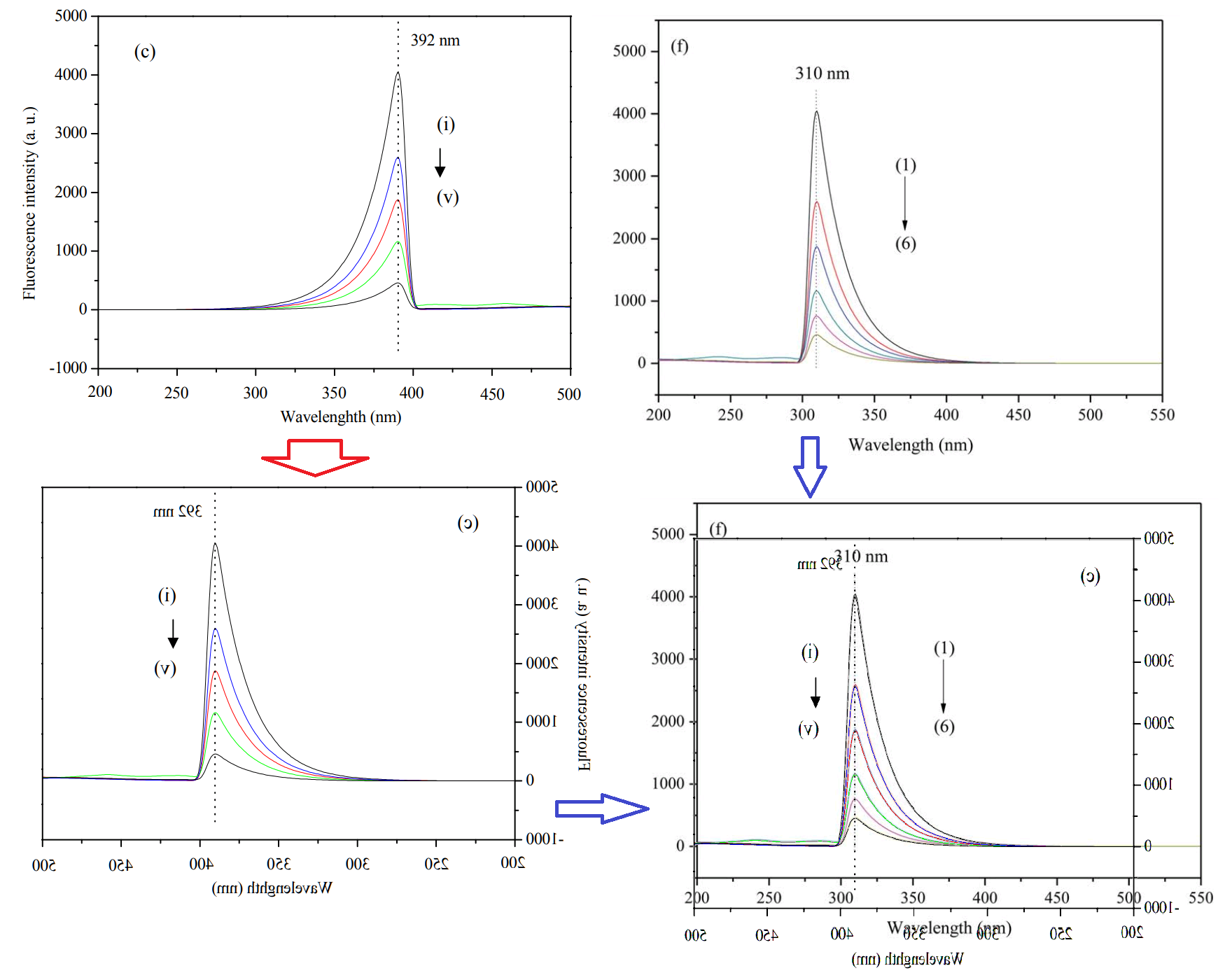

Equally minor issues of image recycling have inspired Pubpeer threads for a few more papers from the group. For instance, the identical nanoparticles in [8] and [9]. Note that I am no longer numbering references in chronological sequence, and these papers book-end the whole collection, dating from 2010 and 2018. The authors deserve commendations for preserving their research results for so long, even if their labelling system leaves much to be desired.
Larger clusters of particles from [10] and [11] reappear in [12].
But it is time to stop before my hyper-critical pettiness grows too evident. As noted, these issues are trivial and easily corrected; I am not calling for the papers to be court-martialled, stripped of their epaulettes and reduced to the ranks.
But what of the ‘main sequence’ of papers, from [1] to [7]? Were the journal editors right to accept the authors’ explanations for the ‘enhancements’, their promises to go forth and sin no more, and their offers of unenhanced replacement illustrations? F. X. Coudert is not the only observer to raise his eyebrows in dismay. I am not offering advice to the editors (and they’re unlikely to take it if I did). Suffice to say that the flurry of Errata coincided with the Retraction of [6] from Analytica Chimica Acta. When an Elsevier journal displays greater concern for the integrity of the literature, it is time for those RSC editors to think long and hard about the poor life decisions that led them to where they are now.
[1]. Shengdong Pan, Haoyu Shen, Qihong Xu, Jian Luo, Meiqin Hu (2012), “Surface mercapto engineered magnetic Fe3O4 nanoadsorbent for the removal of mercury from aqueous solutions“.
Journal of Colloid and Interface Science doi: doi: 10.1016/j.jcis.2011.09.002 [Pubpeer].
[2]. Sheng-Dong Pan , Hao-Yu Shen , Li-Xin Zhou , Xiao-Hong Chen , Yong-Gang Zhao , Mei-Qiang Cai , Mi-Cong Jin (2014), “Controlled synthesis of pentachlorophenol-imprinted polymers on the surface of magnetic graphene oxide for highly selective adsorption”.
Journal of Materials Chemistry A doi: 10.1039/c4ta02600d [Pubpeer].
[3]. Mei-Lan Chen, Jian-Qing Min, Sheng-Dong Pan, Mi-Cong Jin (2014), “Surface core–shell magnetic polymer modified graphene oxide-based material for 2,4,6-trichlorophenol removal“.
RSC Advances doi: 10.1039/c4ra14150d [Pubpeer].
[4]. Sheng-Dong Pan , Xiao-Hong Chen , Xiao-Ping Li , Mei-Qiang Cai , Hao-Yu Shen , Yong-Gang Zhao , Mi-Cong Jin (2015), “In situ controllable synthesis of graphene oxide-based ternary magnetic molecularly imprinted polymer hybrid for efficient enrichment and detection of eight microcystins“.
Journal of Materials Chemistry A doi: 10.1039/c5ta05840f [Pubpeer].
[5]. Sheng-Dong Pan, Xiao-Hong Chen, Xiao-Ping Li, Mei-Qiang Cai, Hao-Yu Shen, Yong-Gang Zhao, Mi-Cong Jin (2015), “Double-sided magnetic molecularly imprinted polymer modified graphene oxide for highly efficient enrichment and fast detection of trace-level microcystins from large-volume water samples combined with liquid chromatography–tandem mass spectrometry”.
Journal of Chromatography A doi: 10.1016/j.chroma.2015.10.007 [Pubpeer].
[6]. Sheng-Dong Pan , Xiao-Hong Chen , Hao-Yu Shen , Xiao-Ping Li , Mei-Qiang Cai , Yong-Gang Zhao , Mi-Cong Jin (2016), “Rapid and effective sample cleanup based on graphene oxide-encapsulated core–shell magnetic microspheres for determination of fifteen trace environmental phenols in seafood by liquid chromatography–tandem mass spectrometry”.
Analytica Chimica Acta doi: 10.1016/j.aca.2016.02.035 [Pubpeer].
[7]. Sheng-Dong Pan , Mei-Jun Ye , Guo-Sheng Gao , Qian He , Li Wang , Xiao-Hong Chen , Qiao-Li Qiu , Mi-Cong Jin (2017), “Synthesis of a monodisperse well-defined core–shell magnetic molecularly-imprinted polymer prior to LC-MS/MS for fast and sensitive determination of mycotoxin residues in rice”.
Analytical Methods doi: 10.1039/c7ay01444a [Pubpeer].
[8]. Yong-Gang Zhao, Hao-Yu Shen, Sheng-Dong Pan, Mei-Qin Hu (2010), “Synthesis, characterization and properties of ethylenediamine-functionalized Fe3O4 magnetic polymers for removal of Cr(VI) in wastewater“.
Journal of Hazardous Materials doi: 10.1016/j.jhazmat.2010.06.029 [Pubpeer].
[9]. Haoyu Shen , Meina Sun , Meiqin Hu , Jinjin Cheng (2018), “Design and controllable synthesis of ethylenediamine-grafted ion imprinted magnetic polymers for highly selective adsorption to perchlorate”.
RSC Advances doi: 10.1039/c8ra06085a [Pubpeer].
[10]. Xiao-Hong Chen, Yong-Gang Zhao, Hao-Yu Shen, Mi-Cong Jin (2012), “Application of dispersive solid-phase extraction and ultra-fast liquid chromatography–tandem quadrupole mass spectrometry in food additive residue analysis of red wine“.
Journal of Chromatography A doi: 10.1016/j.chroma.2012.09.074
[11]. Yong-Gang Zhao, Xiao-Hong Chen, Sheng-Dong Pan, Hao Zhu, Hao-Yu Shen, Mi-Cong Jin (2013), “Self-assembly of a surface bisphenol A-imprinted core–shell nanoring amino-functionalized superparamagnetic polymer”.
Journal of Materials Chemistry A doi: 10.1039/c3ta12488f [Pubpeer].
[12]. Xiao-Hong Chen, Yong-Gang Zhao, Hao-Yu Shen, Li-Xin Zhou, Sheng-Dong Pan, Mi-Cong Jin (2014), “Fast determination of seven synthetic pigments from wine and soft drinks using magnetic dispersive solid-phase extraction followed by liquid chromatography–tandem mass spectrometry“.
Journal of Chromatography A doi: 10.1016/j.chroma.2014.04.060 [Pubpeer]

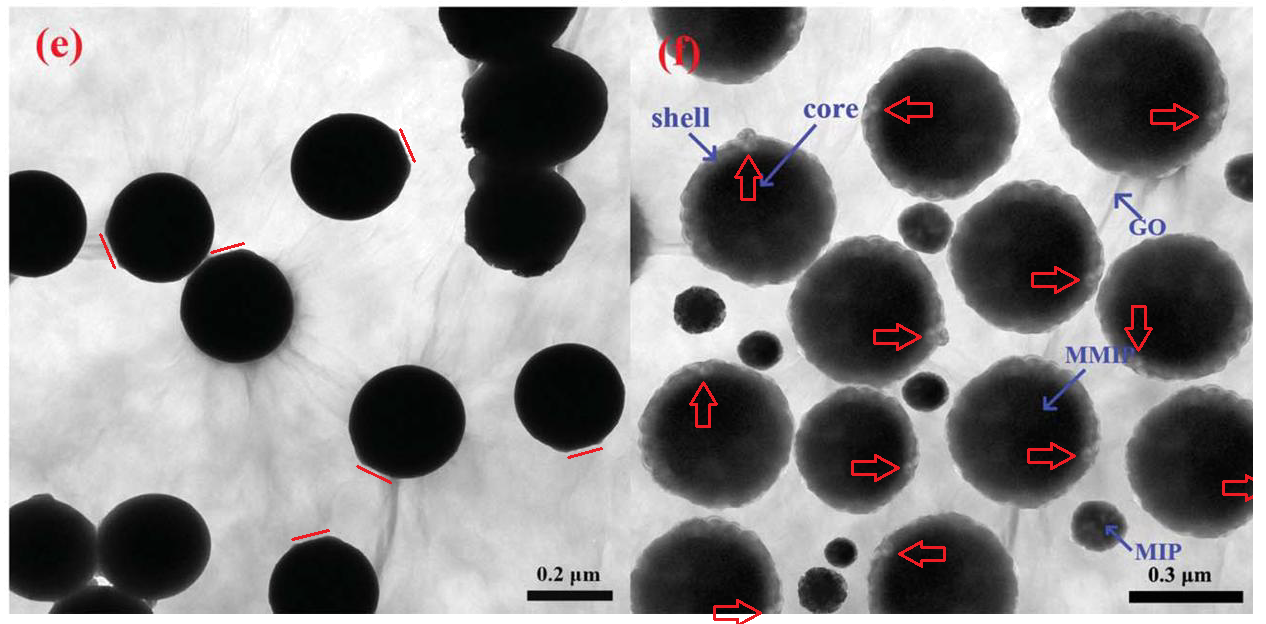
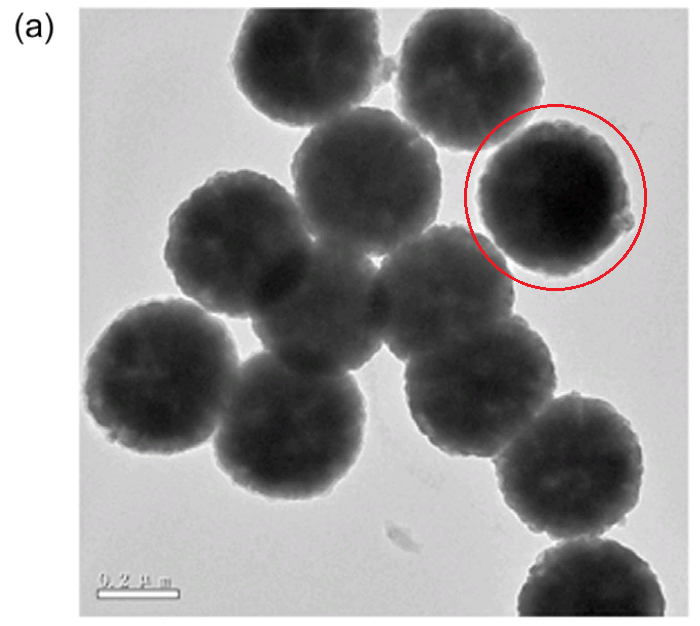
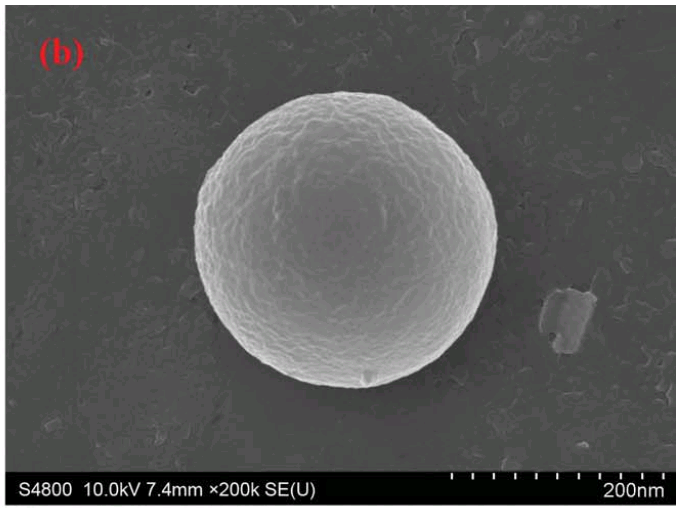
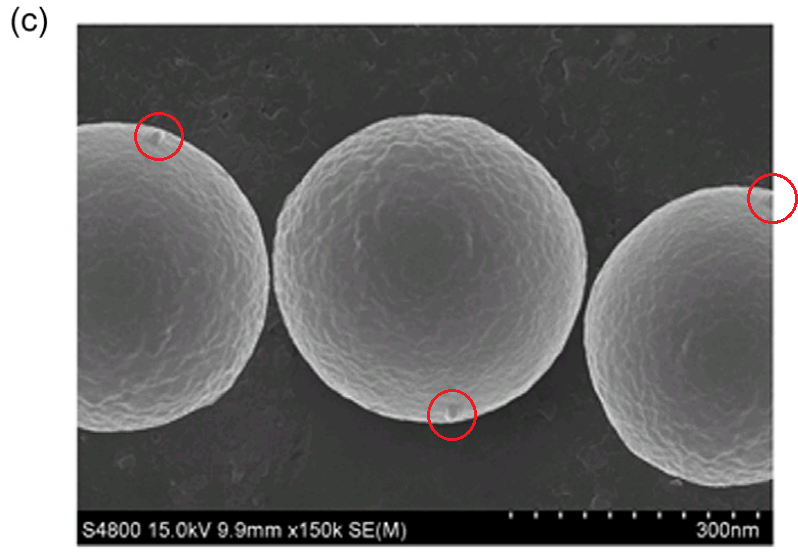
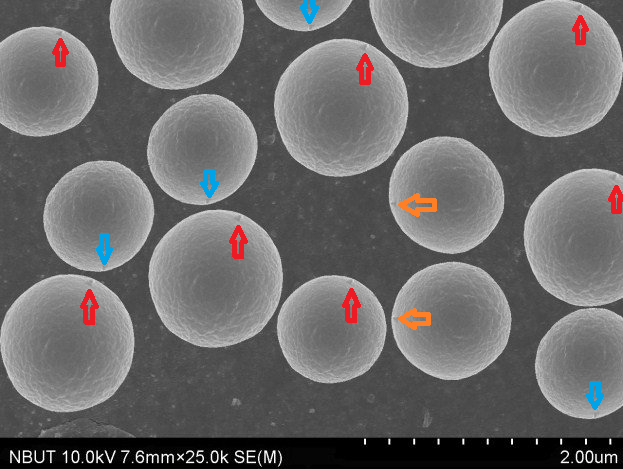
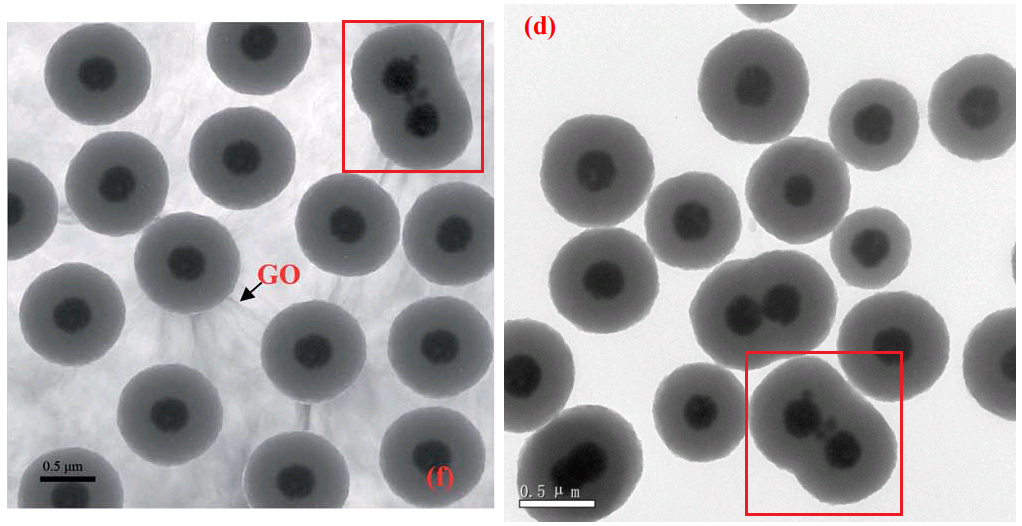
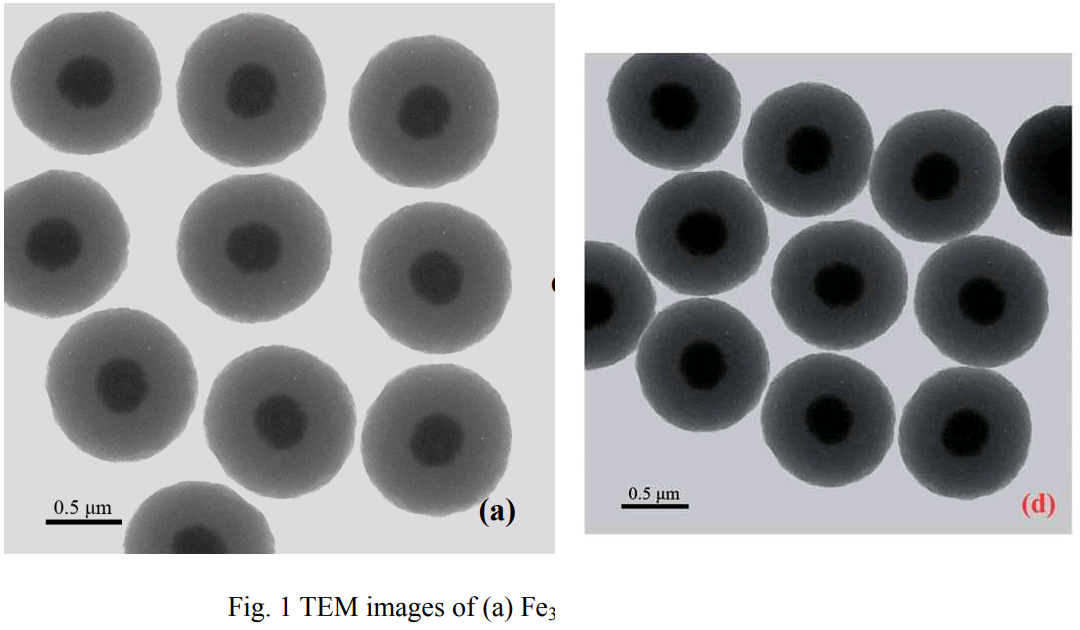
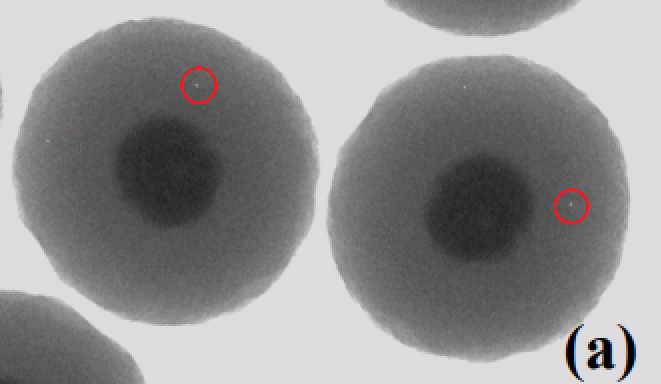
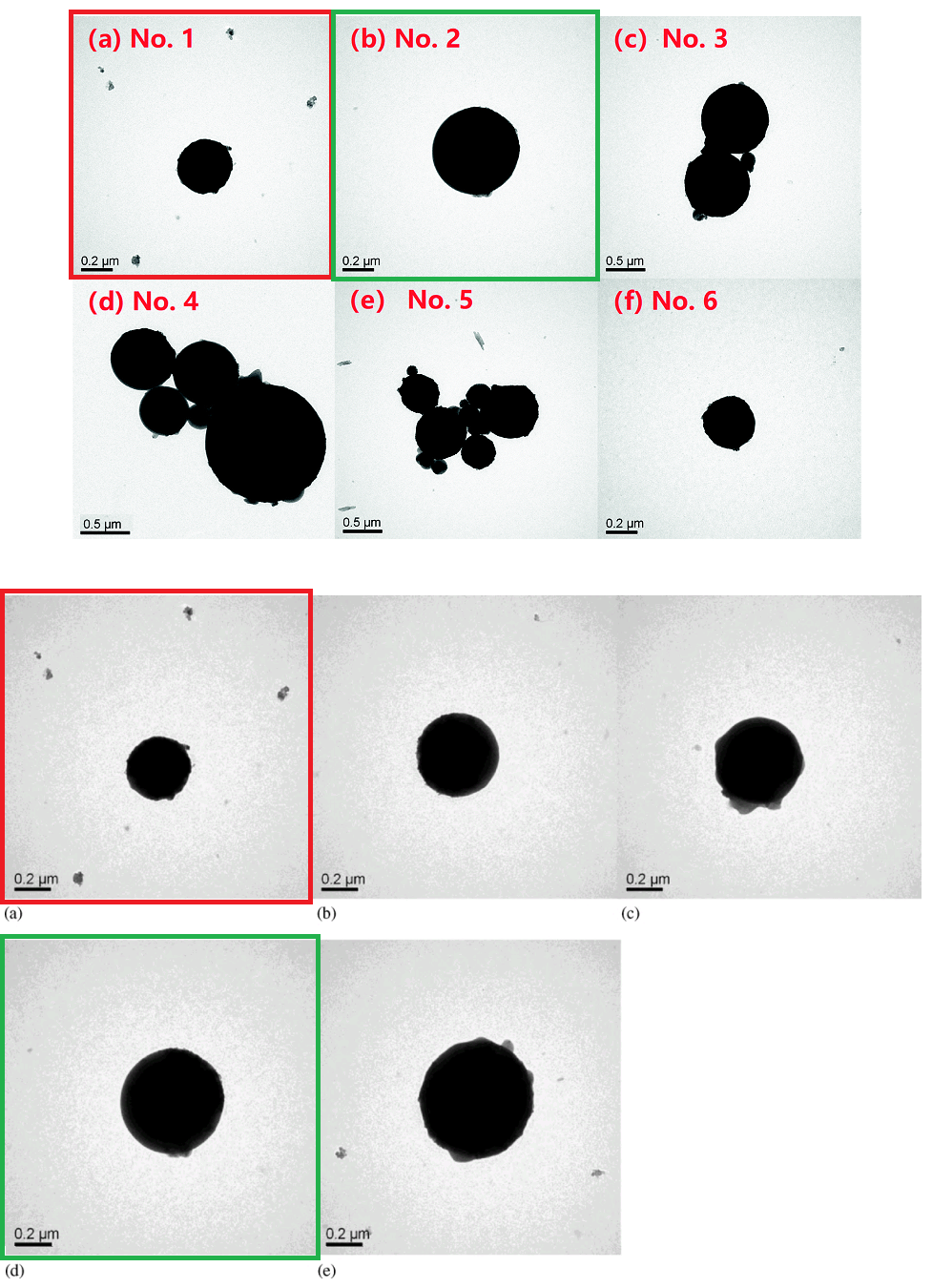
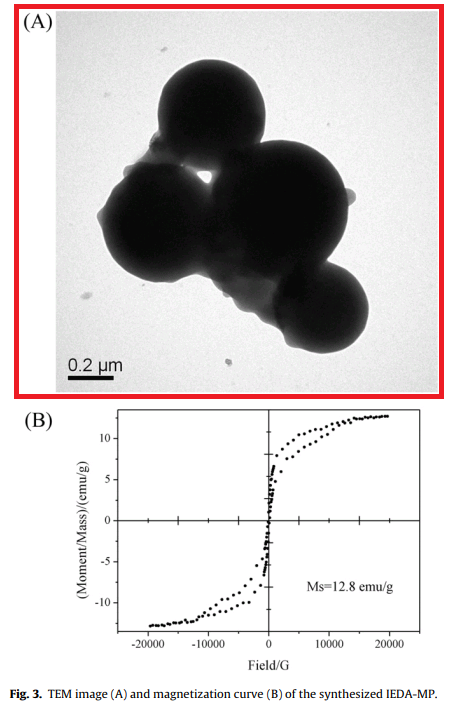


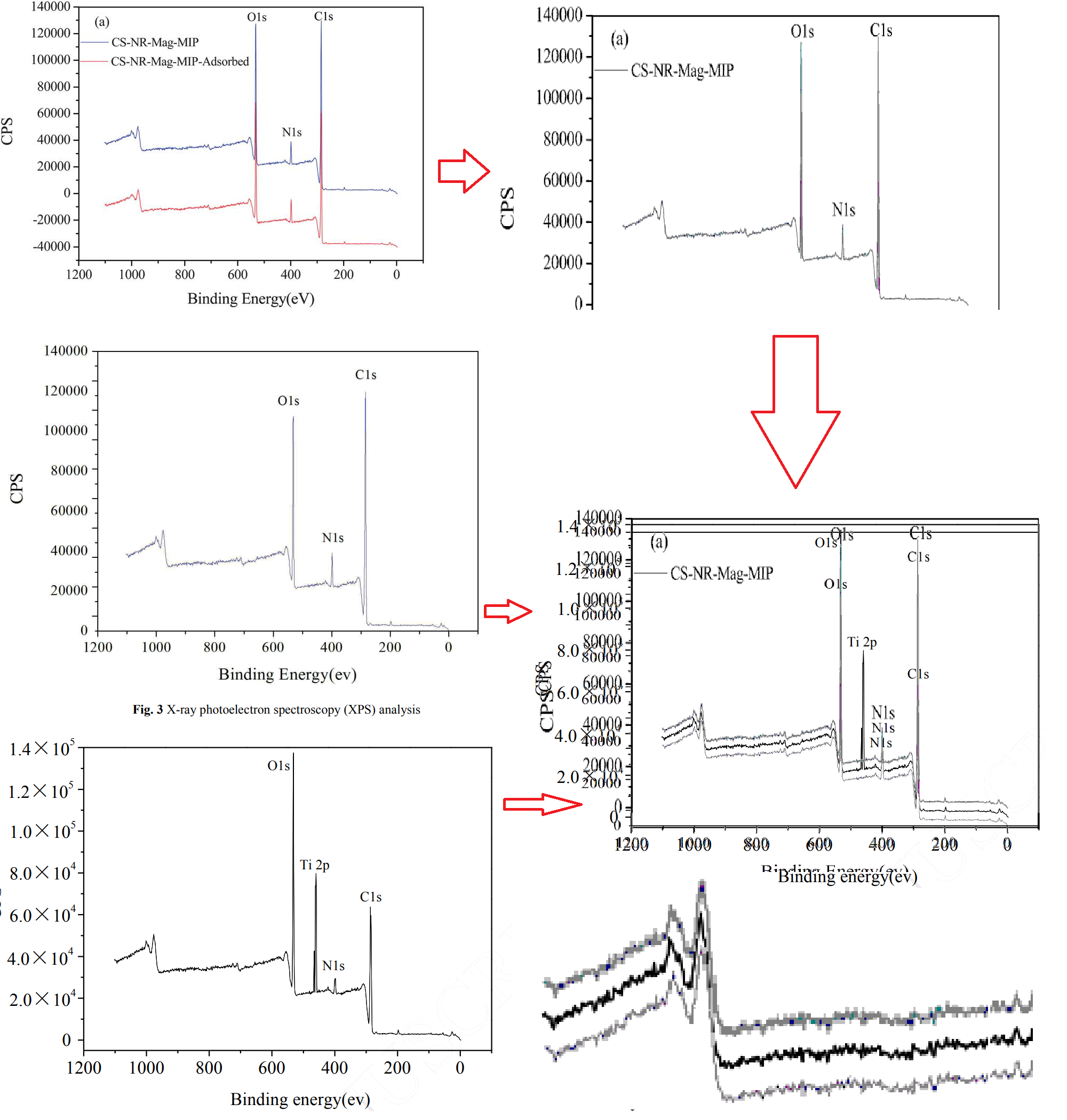


In my humble opinion the RSC (and presumably other UK publishers) is making good business by providing “international journal space” for Chinese − and other authors from countries which have no strong publishing tradition themselves.
The RSC has the know-how and reputation and can provide the authentic feel of an international journal. The authors from China and developing countries need to publish papers in international journals (the do not trust/value their own journals) because of local regulations. Actually, such journals may have very little connection to the RSC or UK science.
Example: Recent Edition of “Org. Chem. Front” contains 22 Articles, out of which are 14 from China (2 with a double affiliation also in USA, Germany); 2 from Japan; 1 from Spain; 1 from Italy. 0 from the UK.
Essentially it is a Chinese Journal run by the RSC.
Whereas ACS journals often have academic researchers as editors (who act as gate-keepers and keep a certain level), I get the impression some fo those RSC-journals are managed by professional editors in the UK who are not active researchers and find it more difficult to judge individual cases. In case of questions, they may contact their “contacts” in China, and those usually do not like to run into conflicts with other local researchers (saving face and the like…).
In case of a protests on some fishy content, the professional editor may not be able to form an opinion like the researcher-editor can do. This leads to an institutionalized process of checking complaints (see above), in which a scientist does not really have a direct correspondent to discuss with and explain the problem. Instead there will be some pseudo-correction but no real retraction (saving face).
The same is of course true if you complain to any of the more or less questionable open access journals that have popped up in recent years and are managed by someone in their spare time. They have no economic interest in retracting papers, and they have no scientific interest either.
Just my general observations. “Liberals” shouldn’t complain about gate-keepers and then be surprised if the Journals are goin down the drain.
LikeLike
Humble opinion, “liberals”? WTF is this nonsense? Shit science is shit science. This is Chinese fascism trying to impose its will, and English greed going along for the ride. Nothing liberal about that.
LikeLike
That’s a little strong. The editors aren’t refusing to retract the papers because the full power of the Chinese state is leaning on them (any more than state pressure is what led them to accept the papers originally). This is just a group of researchers within the public-health department of a city administration, who have promised their boss that they can detect pollution and clean it up using Nanomagic.
LikeLike
I can’t make much sense of your last sentence.
What do you mean – contemporary American English ‘liberals’, rest-of-the-world English ‘liberals’, or ‘liberals’ in the original meaning of the term?
LikeLike
The last sentence was a somewhat conservative virtue signal. I consider outlets like “forbetterscience” and “retraction watch” as having leanings towards a “left/social justice/equality/regulative” positions (I am using the term “liberal” for that, since that is what I think people would call it in the US nowadays, but I may be wrong. I am not referring to 19th/20th century political liberalism which I understand is quite the opposite of the previous.).
My position is that gate-keepers in scientific journals can guarantee for certain standards, which would be difficult to uphold in a fully “democratic scientific system”. This may come at the cost of a little inequality sometimes, and the risk to exclude non-standard positions.
LikeLike
Organic Chemistry Frontiers is a Chinese Chemical Society run journal. RSC entered into a partnership to give it more professional legitimacy so that Chinese chemists who look for high impact stuff can publish in it, and it would raise the profile of Chinese Chemical Society journals as well.
“Essentially it is a Chinese Journal run by the RSC.”
You can delete the word essential from that. A quick look at the journal’s website will also show that it has academic editors and not professional ones. Since this is a CCS journal, with just an RSC veneer to make it more attractive to the researchers it’s trying to solicit from, it’s not surprising that most of the authors are from that country.
LikeLike
O.k., I see it is run under the name “Frontiers Journals”, and “each Frontiers journal is jointly owned by the CCS, the Royal Society of Chemistry, and the relevant partner institute”.
The e-mail and refereeing communication with them runs through typical RSC channels.
Are they under the control of academic editors?
Let us check with a case-study:
• a paper with questionable (missassigned) structures is published in 2015 (DOI:10.1039/C5QO00372E)
• 2 years later, the journal, the author, and the editor are informed of the problem and told what the real structures look like (with reference NMR to prove it)
• after another 5 months, the wrong structures are still online; the journal is contacted and responds: “As a publisher we cannot investigate the science ourselves, but will work with the author to resolve the question and where necessary we will publish a correction to the paper” (which tells me the journal is not really run by academic editors)
• 1 month later a correction is published: “… it has come to the authors’ attention that, with the available spectroscopic data, it is not possible to rule out the products being [something else] rather than [what they first said]. Organic Chemistry Frontiers is publishing this correction to draw the attention of readers to the fact that the structures of the products cannot be unambiguously determined.”
• So the original paper with the wrong structures is still online, but there is a small button “1 associated article”, and if you press it, a link opens starting with the word “Correction: xxxx”. And if you go there, they will tell you they do not have a clue what they wrote their paper about.
Interesting way to “correct” mistakes. As you can see they used quite democratic principles to assign the structures and gave the last word to the original authors, choosing not to act as gate-keepers.
LikeLike
Not much gate-keeping going on here. You pays your money, you gets your paper. It’s up to those who pay to decide what gets published and what gets retracted, but we can all smell garbage.
LikeLike
The problem is that nobody from chinese government cares about the integrity. What chinese scientists have been doing is to pour out of the garbage papers in order to make a mess of the world academy. You can tell that they keep the real science achievements secretly, such as 5G technology, etc.
LikeLike
That is a weird conspiracy theory.
LikeLike
So the question is “do we still trust the papers from chinese authors?”. It has nothing to do with discrimination, but if we keep the publishing working like that, it will corrupt someday in the near future.
LikeLike
Wow, that might actually work. Not that there’s hard evidence for it, but just theoretically, if a major nation set about flooding the world’s journals with shit science it could take over a sizeable proportion of the pay to play outlets with a relatively modest investment. Meanwhile, there could be a national dark web of real science going on that never sees the light of day outside of the system. They could look like international players to skim the world’s scientific cream from journals, and from submitted papers, grants etc. that are sent to their researchers as reviewers or editors. Hell, maybe buy a Nobel or two just to make it look legit. Then again, maybe the pay to play journals are just playing them for mugs.
LikeLike
You absolutely tell the truth. Lots of the chinese paper have been questioned at pubpeer, who cares? Who should care about those misconduct? Even most of the American papers questioned at pubpeer have a chinese first author. When the chinese articles are kept flooding the science world, the pure science is being polluted. Do you remember the recent Nature paper wrote by a group of chinese authors at Harvard University were found possible manipulation on images by Bik? The link is at here: https://pubpeer.com/publications/E4899D88BEA541BAA80ADD7945F228
LikeLike
You would have to look at the “per capita” rate of fraud per culture. There are a lot of pubpeer citations with first authors with chinese names in american universities, sure, but there are about 10.8 billion chinese nationals doing research in american labs (I’m exaggerating for effect, but you get the point). They are here because they are cheap and skilled, and getting to do work in an american university is prestigious and will help them get a decent job somewhere, as long as they are publishing. But what is the rate of fraud per individual cheap-labor worker, between different cultures?
On the other hand, I cynically speculated that the post-doc worker on the U of Ky fraud case that got fired for fraud will probably have an easier time to get a job in certain labs, because he has a clear willingness to cheat and cover-up, even if he was not so good at the later. He maybe more preferable than an honest worker.
LikeLike
As an Indian-origin researcher once pointed out to me on Twitter, postdoc is the only possibility for an Indian or a Chinese citizen to get job experience and qualifications in USA or Europe, which is a valuable asset on your CV back home. If the PI is unhappy with you, visa is revoked, off you go back home.
LikeLike
if a major nation set about flooding the world’s journals with shit science it could take over a sizeable proportion of the pay to play outlets with a relatively modest investment
I am pretty sure that the number of pay-to-play outlets can expand to always be ahead of the amount of shit science.
LikeLike
Even most of the American papers questioned at pubpeer have a chinese first author. When the chinese articles are kept flooding the science world, the pure science is being polluted. Do you remember the recent Nature paper wrote by a group of chinese authors at Harvard University were found possible manipulation on images by Bik?
We can do without the racism. If a crap paper comes from Harvard University then the blame falls entirely on the US academic establishment that provided the incentives for data fabrication and adopted an attitude of benign neglect as long as the universities received their share of the funding. If the US biomedical paper machine brings in researchers from other countries, it is still US fraud.
LikeLike
Evidence for that is vividly. Please check the journals flooded by chinese authors, especially in medical and life science journals, you will absolutely find a large portion of them have no funding. If you have been doing bench work, you should know the experiment such as lncRNA, animal model, cell culture, and so on are huge money and time consuming. Without funding, anybody in western country would use their personal money to buy reagents, do the experiment, write the paper, pay the APC??? Even you can find a couple of people may want to do that by using own money, can he find a lab to accept him to do the experiment without funding coming in?
LikeLike
Another problem could be when this, or any, culture of shit science “colonizes” western universities, and you have “leaders of these colonies” (for lack of a better phrase) accepting other colonies shit science and grant proposals. If the culture accepted western levels of integrity, that would be fine. The problem is, these cultures often don’t recognize lying is wrong, if it means they get to drive nice western SUV’s and become “greatly respected members of society”.
LikeLike
Reply to NMH September 30, 2019
Is it going too far to mention these?
http://retractiondatabase.org/RetractionSearch.aspx#?auth%3dCroce%252c%2bCarlo%2bM
http://retractiondatabase.org/RetractionSearch.aspx#?auth%3dJacob%252c%2bSamson%2bT
http://retractiondatabase.org/RetractionSearch.aspx#?auth%3dSarkar%252c%2bFazlul%2bH
http://retractiondatabase.org/RetractionSearch.aspx#?auth%3dJaiswal%252c%2bAnil%2bK
http://retractiondatabase.org/RetractionSearch.aspx#?auth%3dCheng%252c%2bJin%2bQ
http://retractiondatabase.org/RetractionSearch.aspx#?auth%3dLee%252c%2bSam%2bW
http://retractiondatabase.org/RetractionSearch.aspx#?auth%3dZou%252c%2bMing%2bHui
In many ways universities are the last remnants of empire. Directors can do what they want.
Example here:
http://retractiondatabase.org/RetractionSearch.aspx#?auth%3dLatchman%252c%2bDavid%2bS
LikeLike
Interesting that you mention Sam Lee of Harvard, who was a consultant/co-PI in at least one of recently disgraced (and fired for fraud) Shi/Zhang co-Pi grants at the University of Kentucky. Purely anecdotal, and probably coincidental, but consistent with my “rings of shit science” hypothesis above.
I really don’t think any of these immigrant advisors are set out to move to the west and cheat. Its just they keep ignoring what is going on in the lab as long as the positive results are coming in, so they continue being what they do best…being negligent and irresponsible.
My advisor is the same way. I could cheat if I wanted to and get papers published in high impact journals, but I wont do it, even when he gets mad at me for not making progress fast enough and if it means me living in the precariat class.
Bottom line: because most of the data is generated by grad students and post docs in the precariat class, this fraud will continue as long as you make their lives financially precarious. Its just possibly that immigrants are more likely to bend the rules so they don’t have to return to their “shit holes”, to use my idiot president’s phrase.
LikeLike
“I really don’t think any of these immigrant advisors are set out to move to the west and cheat.” is one interpretation. Another is that leopards don’t change their spots, and people who cut corners will be selected for. Darwinism applies to science too.
“because most of the data is generated by grad students and post docs in the precariat class, this fraud will continue as long as you make their lives financially precarious”
This makes for cheaper scientists, as remember your writing. It’s done on purpose. Money or honesty?
LikeLike
Yes. Being a worker at an (american) R1 research university, its clear to me that advisors are much better off with 3 relatively cheap individuals (6 hands for 6 pipettes) than 2 relatively expensive ones (only 4 hands for 4 pipettes). Labs absolutely need a source of cheap, reasonably skilled labor to publish as much as possible and thereby being competitive enough to get grants.
As I told my dad (who is 85), he was lucky to be a researcher when communism existed and a lot of the present cheap labor was not flowing into the west, because communism did not allow these people (either in these countries, or oriented toward communist countries) to move. Now, I have to compete with these individuals.
Capitalism is always great when you lead the cheap labor and dont have to compete with it. One of the reasons why I am extremely resentful of “deadwood faculty”, as they are removed from this competition, and are paid 6 figs a year for sitting on committees. Nice life.
LikeLike
Reply NMH September 30, 2019
“One of the reasons why I am extremely resentful of “deadwood faculty”, as they are removed from this competition, and are paid 6 figs a year for sitting on committees.”
That applies to most of the people on this list.
Click to access v-c_pay_survey_2018.pdf
https://www.telegraph.co.uk/education/2017/09/04/tuition-fees-not-used-boost-salaries-says-oxford-university/
She [Professor Louise Richardson ]claimed that next to the pay of football stars and bankers vice-chancellors are not overpaid..]
LikeLike
I looked up salaries of the faculty in my (american) department that could be considered, to use the pejorative term, “deadwood”, added them up, and calculated it was about 0.5 – 0.75 million a year. There was a guy in my department who died this year at the age of 90, pulling over $100,000 USD a year, and I don’t think he had a grant in at least 30-40 years. From what I could tell, he was paid (from the medical school, but possibly from undergrad salaries) to do his hobby, which was study the history of defunct american medical schools, and got about one publication a year for this, maybe in a historical journal (!). Didn’t teach as far as I know, and maybe just as well. And this is just one department at the school I am at where there are probably about 50 departments in the university. Could be an unusually bad in my department, however.
Added to this insult, is my observation that occasionally a staff position for a PhD scientist will open up, and usually it seems like a job that is almost as easy as being a deadwood faculty member, although lesser paying. However, to get this kind of job, who you know is very important. Department chair or greater in status.
Bottom line: Its weird that the system requires data to roll, yet the data generators are paid relatively little, work very hard, and may cheat to get ahead. What a screwed up system!
Of course nobody in power wants to hear my opinion. “We need data! Immediately! Data, data, data!” sigh
LikeLike